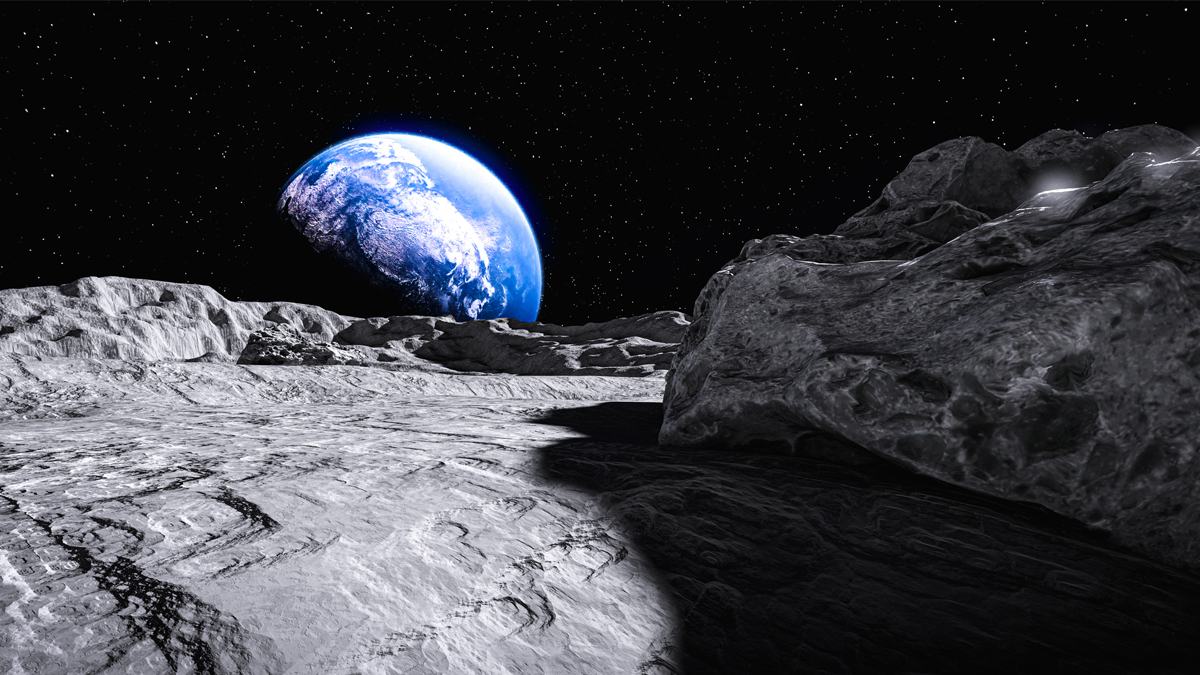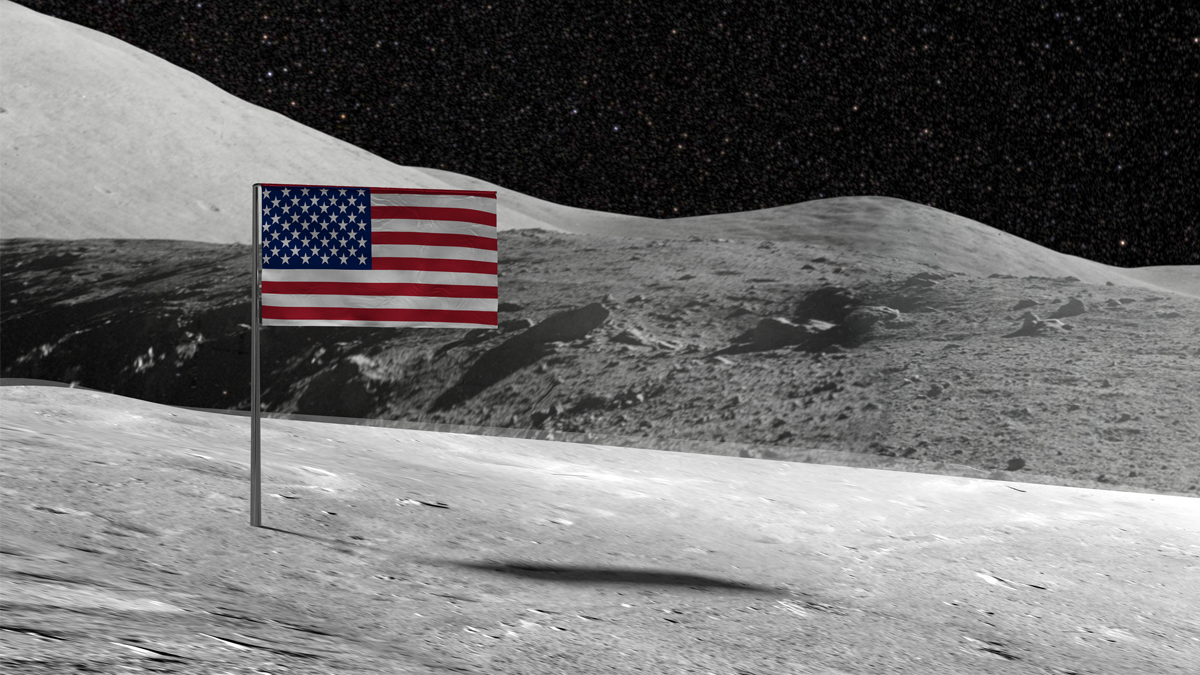
During the Cold War, landing the first human on the moon was one of the great space races between the United States and the Soviet Union. As is the case with most geopolitical rivalries, the first nation to accomplish this feat would project its strength on the world stage and signal that its priorities, values, and ways of thinking were dominant.
Today, there is a new space race, and the moon is once again at the center of the competition, with the U.S. and China in a heated contest to establish a dominating presence in cislunar space. “Cislunar space is the region between the Earth and the moon and all orbits around it,” explained Christopher Stott, CEO and Chairman of Lonestar Data Holdings - a company that made history with the successful test of its data storage concept from the surface of the moon. “Furthermore, we’d say it now encompasses the larger lunar orbit and Lagrange Points too.”
For Victoria Samson, Chief Director of Space Security and Stability at the Secure World Foundation, today’s new space race is an echo of the Cold War, but with different nation-state actors. “During the Cold War, the U.S. and Soviet Union were both trying to demonstrate that they had a better way of life than the rival,” said Samson. “And the way they demonstrated that was by achievement, whether it was through military prowess or economic prosperity.”
But what makes cislunar space so critical to these two powerful nations? And what capabilities are they looking to establish in the domain? “The moon and cislunar space are the ultimate high ground,” said Stott. “It’s a basic military strategy. Whoever controls the high ground wins.”

Cislunar Capabilities and Satellite Requirements
As for the capabilities that the U.S. and China are looking to establish in cislunar space, space situational awareness and position, navigation, and timing (PNT) are considered top priorities. Both Samson and Stott explained that in addition to international governments making moves in the cislunar domain, commercial entities are also establishing a presence in the region, which is creating space traffic and congestion that needs to be monitored.
“As we have more traffic going to and from the moon, we need to have someone there to keep an eye on things,” said Samson. “The idea of developing some sort of PNT capability for the moon is becoming increasingly essential. We currently get our PNT capabilities from GPS. But they are built to go towards Earth and not built specifically to go towards the moon. As we do more activities on and around the moon, we’re going to need to have some sort of PNT capability.”
Solar observation is another capability that is valuable in cislunar space. Samson explained that observation satellites would play a critical role in cislunar space, as they could monitor space weather and provide notification of incoming solar storms and solar flares.
Lunar situational awareness will also be essential to establishing and monitoring any sort of activity being carried out on the moon. “China has had an operational data center on the moon since January 2019,” said Stott. “And in the next decade, more than 130 missions are slated to fly to the moon from the U.S., Europe, Japan, India, South Korea, China and others.” Considering the spike in lunar activity that is expected in the coming years, having the capability to track where and what is being carried out on the moon will be essential to avoid any tensions and conflict.
“I could see a potential for conflict or some sort of misunderstanding,” said Samson. “If the U.S. and China both have landing sites very near each other going up to the same resources, if there’s not a common understanding in terms of what the best practices are and how to operate and coordinate safely on the moon, that could be a complication that could lead to something. Geopolitical rivalries can replicate themselves on the moon and complicate things greatly, and that’s something we don’t need.”
Cislunar satellite capabilities will underpin and enable all cislunar activities, from PNT to lunar situational awareness. According to a news release from mu Space Corp, “[Cislunar] satellites serve many purposes, ranging from scientific research to telecommunications and navigation. By establishing a network of satellites in cislunar space, scientists and engineers can gather crucial data, establish communication networks, and support lunar missions with navigation and logistical assistance.”
Samson agreed that cislunar satellite communications is a critical component of current and cislunar missions. “The Chinese actually have one satellite they use as a communication relay, because they have something on the far side of the moon to be able to communicate from that to Earth,” she said. “Communication satellite capabilities will be needed as we get further entwined in cislunar activities.”
As for the challenges satellites face in the cislunar region, most pertain to the same satellite obstacles in nearer-Earth orbits. According to the Aerospace Corporation, “debris mitigation, safety of flight, and debris challenges” are top priorities that must be solved through policy. “New technologies and standards are needed to avoid recreating the same traffic and debris challenges around the Moon that exist in Earth orbit,” read an Aerospace Corporation news release. “Shared norms of behavior and a coordinated effort are required to keep cislunar operations sustainable. If there is a collision in cislunar space, the debris event could last thousands of years, and pose significant obstacles to realizing the strategic value of the moon and cislunar space.”
When it comes to who is specifically ahead in the cislunar space race, it depends on the mission set. But one primary goal for the U.S. and China is to send the next human back to the moon, which has not been accomplished in more than half a century. “Assuming that the U.S. continues on the path we have been going on – and if the cislunar space race is defined by getting a human back on the moon – I would say the U.S. is ahead,” said Samson.
Explore More:
Why Is the FBI Going to the Moon?
Podcast: Tracking Objects, Commercial Solutions and Emerging SSA Markets
Space ISAC Eyes Cislunar Space for Cyber Preparedness
